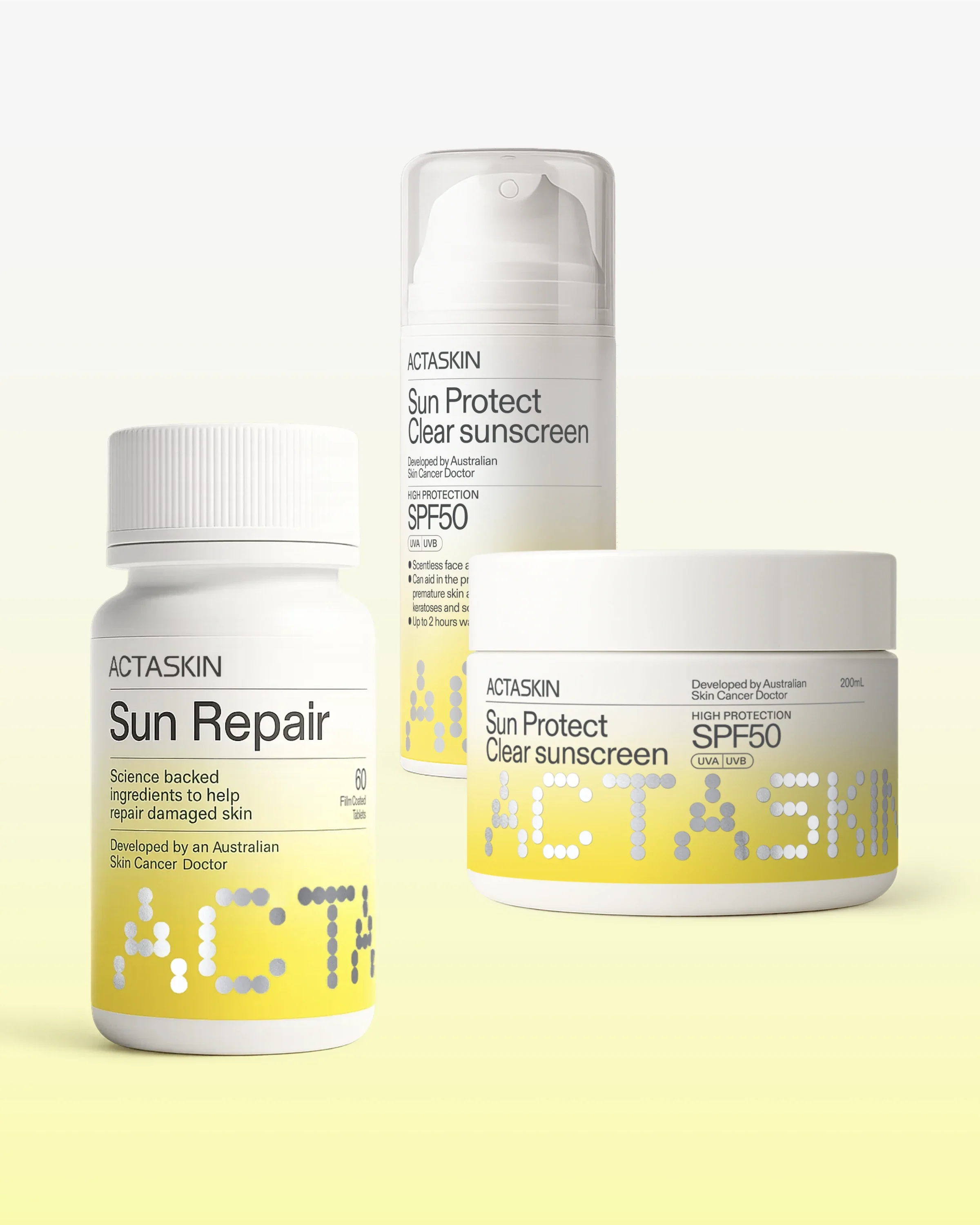Australia and New Zealand have some of the highest melanoma rates in the world. Queensland alone reports an alarming 40–60 cases per 100,000 people, which is more than four times the rate seen in the United States. While melanoma remains the fourth most common cancer in these regions, there’s a silver lining: death rates are stabilising thanks to earlier detection. Early identification is key, and understanding how to spot melanoma on your skin can make all the difference.
Your Skin, Your Story: Why Skin Checks Matter
Your skin is more than just your body's outer layer—it’s a reflection of your health and history. By taking the time to examine your skin regularly, you’ll get to know its unique features and can spot any changes early. Melanomas can vary in appearance —sometimes brown, pink, or even skin-coloured, so don’t just rely on the classic dark mole. Familiarising yourself with your skin helps you notice potential issues early on, and early detection significantly improves treatment outcomes.
How to Check Your Skin:
- Frequency: Set aside time once a month for a thorough self-examination. Regularity is your best ally when it comes to early detection.
- Tools: You’ll need a full-length mirror, a handheld mirror, and good lighting to get a clear view of your skin.
- Method: Start from your head and work your way down. Don’t forget hard-to-see areas like your scalp, the soles of your feet, and between your toes.
Master the ABCDEs of Melanoma: A Simple Skin Safety Checklist
A - Asymmetry
Look for irregularities in shape and colour. While it’s normal for some moles to be a bit off, draw an imaginary line down the middle. If both halves don’t mirror each other, that’s a red flag. If you’re unsure, it’s always better to have a healthcare professional check it out.
B - Border Irregularity
Moles with irregular borders can be concerning, but it’s important to note that many benign spots can have uneven edges. If a mole’s border is suspicious, it’s time to visit your skin doctor for a closer look.
C - Colour Variability
Melanomas often have multiple shades due to their growth patterns. If you notice a spot that shifts from black to brown, gray, or blue, that’s a warning sign. Colour change, especially in an existing mole, should never be ignored.
D - Different
Instead of focusing on size alone (diameter), consider whether a mole looks different from others on your body. A new or noticeably different spot should always be checked out.
E - Evolving
Melanomas grow and change over time. If you’ve noticed a spot evolving in shape, size, or colour, it’s time to seek professional evaluation. Sometimes, the growth can be so gradual that it’s easy to overlook—don’t wait until it’s too late.


Spotting Nodular Melanoma: The EFG Rule
When it comes to the most dangerous type of melanoma—nodular melanoma—there’s another helpful acronym to remember: EFG—Elevated, Firm, and Growing.
- E for Elevated: A raised mole is a sign that the melanoma is penetrating deeper into your skin, increasing the risk of spreading.
- F for Firm: As melanomas grow, they become firmer than the surrounding tissue, as they push into deeper layers of skin.
- G for Growing: Normal moles don’t grow once you’ve reached adulthood. If a spot is growing, it’s a cause for concern. Get it checked by your skin doctor as soon as possible.
When to Seek Help
By incorporating simple self-checks into your routine and seeking professional advice when needed, you can dramatically improve your chances of early melanoma detection and successful treatment.
If you notice any changes during your skin checks, don’t hesitate to see a healthcare professional. Early intervention is the best way to tackle skin cancer head-on.



